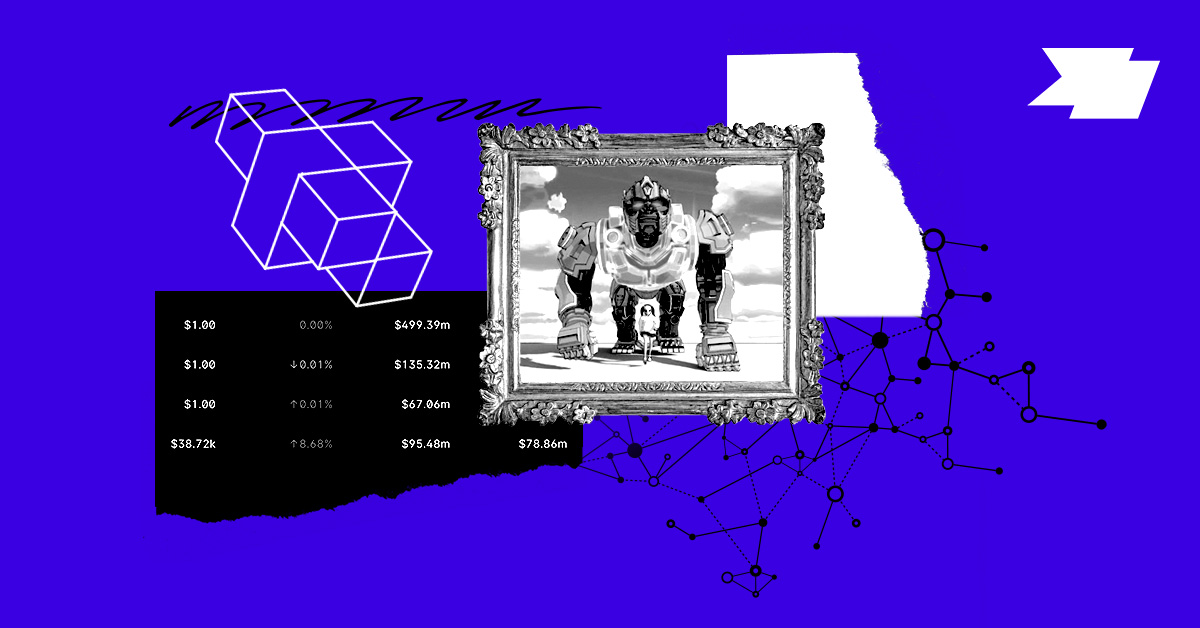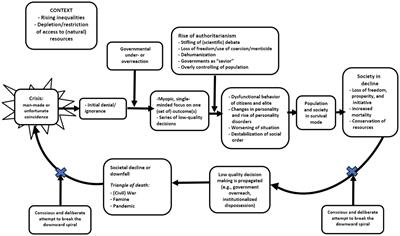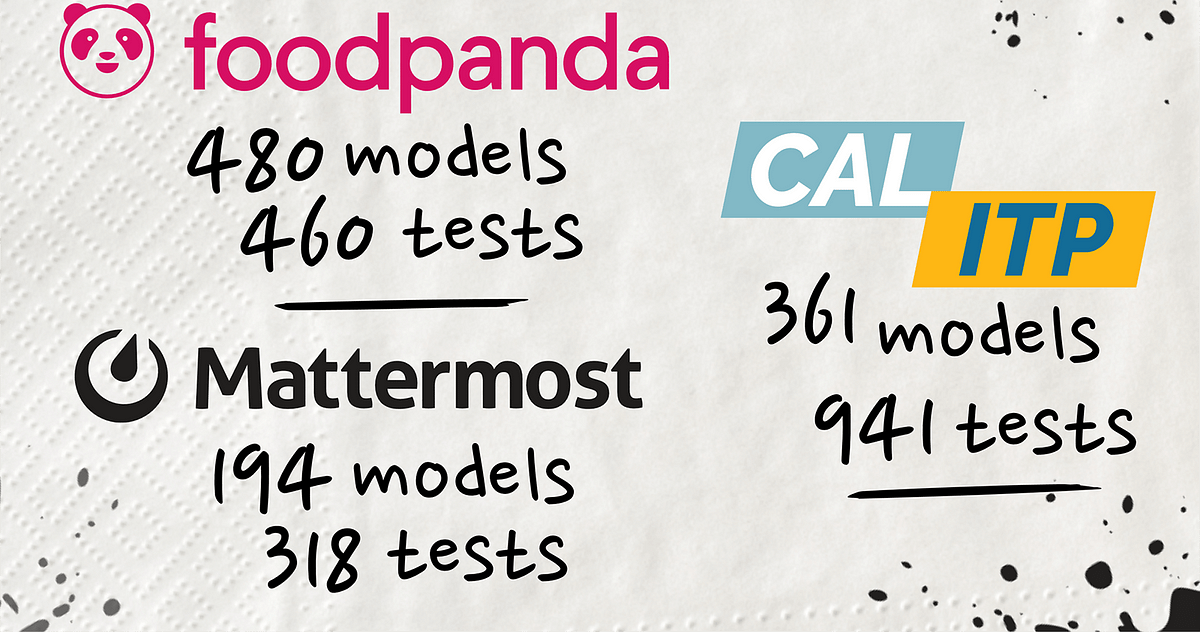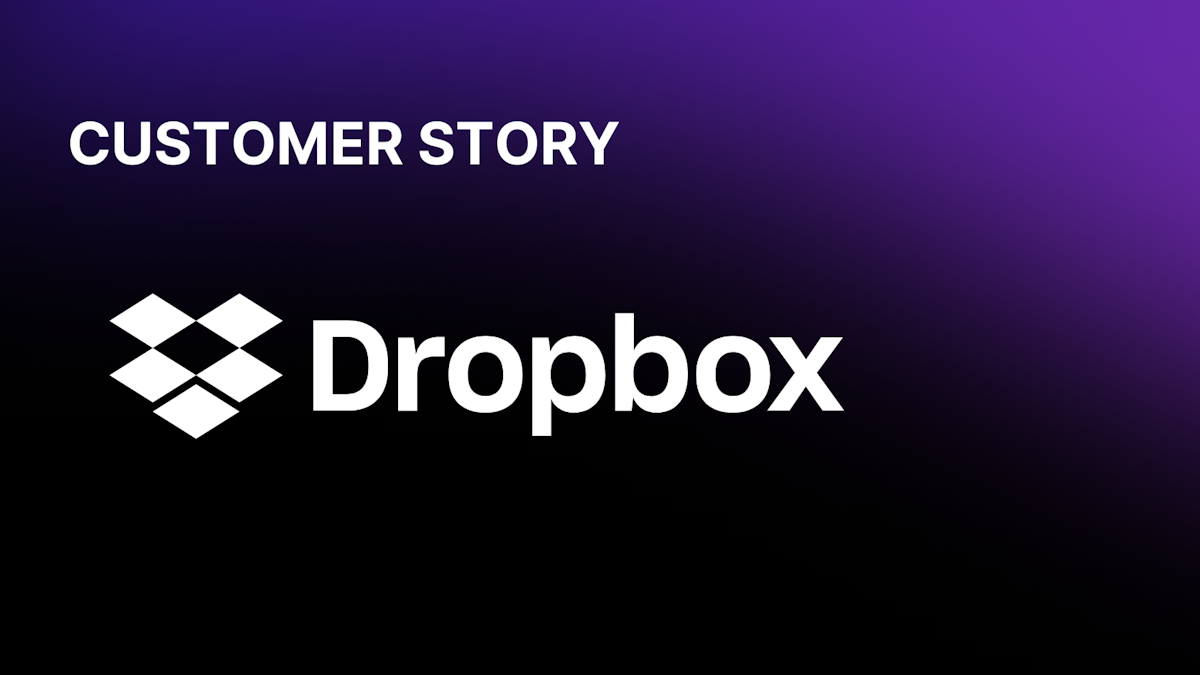
Designing Internet-Native Economies: A Guide to Crypto Tokens
One of the big, frequently discussed ideas of crypto is that it enables creators and communities to build their own internet-native economies. A key component of these economies is tokens, which got a bad rap during the ICO (initial coin offering) boom a few years ago. Yet tokens are the fundamental unit of value in crypto economies. They are (as has been argued by others too) a breakthrough in open network design, because they are a mechanism for incentivizing open network participants, including users, developers, investors, and service providers.
But what IS a token exactly? At the simplest level, tokens are just code that lives on a global peer-to-peer network called a blockchain. But unlike other forms of money, they’re digitally native, programmable, and secured by one’s crypto wallet and private key. Cryptocurrencies are just one type of token.
There are two main categories of tokens: fungible (e.g., interchangeable) and non-fungible (e.g., unique). As more creators and communities build their own crypto economies, fungible tokens will be used to exchange goods, store value, and make collective decisions. Meanwhile, non-fungible tokens (e.g., NFTs) will be used to create new business models centered on collectibles, rewards, achievements, and more — giving people a sense of identity, status, and belonging.

















